Follow my simple recipe and learn how to make self raising flour from scratch using just two ingredients - plain (all purpose) flour and baking powder.
Use the ratio of 2 teaspoons of baking powder to every 1 cup / 150g / 6 oz of plain flour to make either a small batch or a bulk batch of self raising flour.
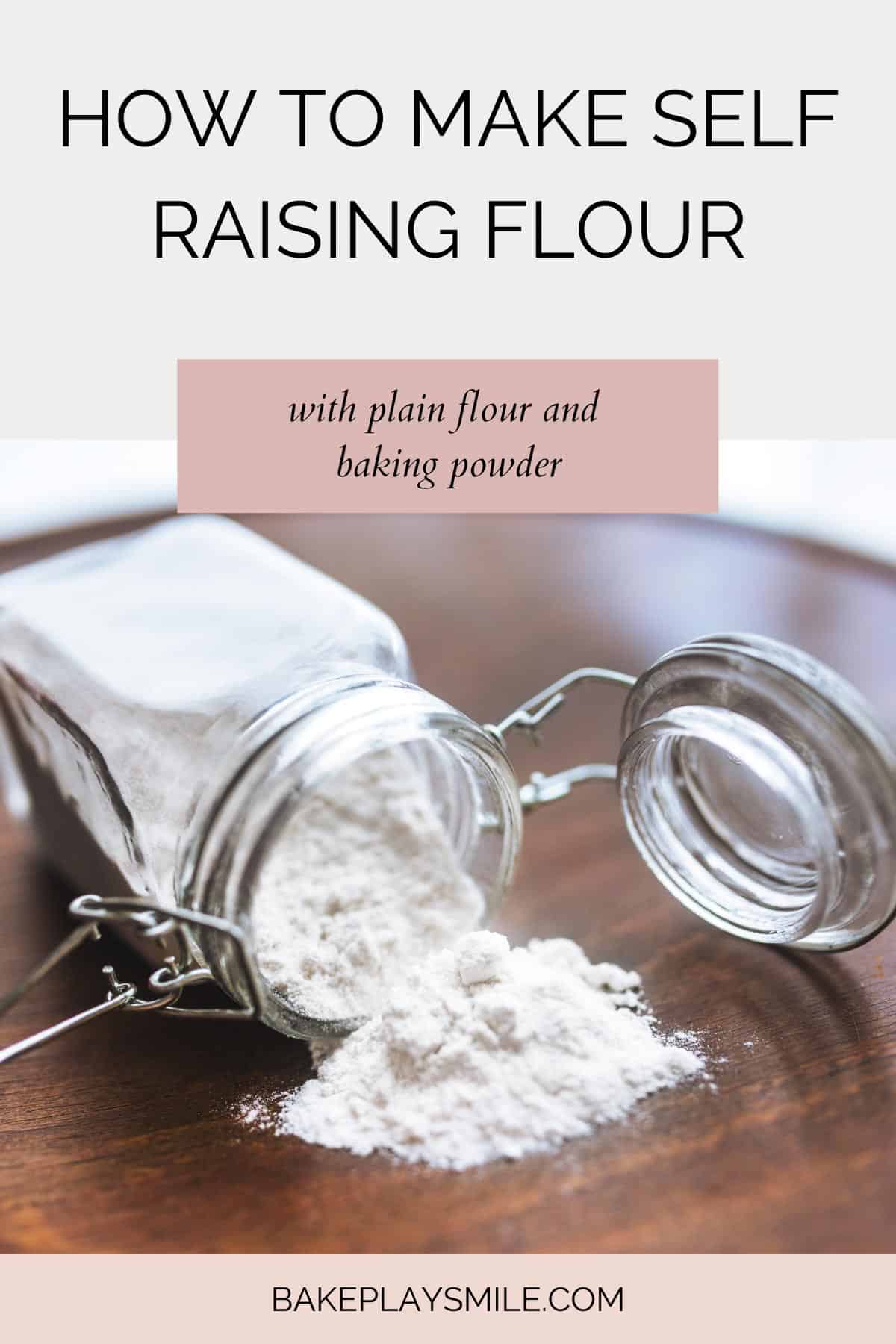
Many baking recipes require self raising flour, which is a flour containing baking powder.
Whether it's your favourite cake or a batch of cupcakes, a simple slice, loaf or biscuits, self raising flour is the secret ingredient that will make your recipes rise into deliciously airy, light and fluffy baked goods.
However, despite the popularity of this flour in baking recipes, it's not readily available in all parts of the world - and that's where it's helpful to be able to make your own homemade self raising flour out of plain (all purpose) flour and baking powder.
And let's not forget that even if you do live in a part of the world where you can easily buy self raising flour, there's always going to be a time when you run out and don't want to make an extra trip to the supermarket!
Table Of Contents
What Is Self Raising Flour?
Self raising flour is a type of flour that is very popular when baking cakes, loaves, pancakes, scones and biscuits.
It is made from plain flour (also known as all purpose flour) and a leavening agent - usually baking powder.
When plain flour and baking powder are sifted together, they create self raising flour which gives baked goods the perfect rise.
Are Self Raising Flour And Self Rising Flour The Same Thing?
While the terms self raising flour and self rising flour are often used interchangeably, they are not the same thing.
Self raising flour is most commonly used in the UK, New Zealand and Australia. This flour is made from plain all purpose flour and baking powder. It is used to make baked goods such as cakes, cupcakes, cookies and pancakes.
Self rising flour is popular in the US and is made from plain all purpose flour, baking powder and salt. It is often used when making biscuits, pancakes, (non-yeast) loaves and sometimes even cakes.
In my recipe card below, I will teach you how to make the UK/Australian/NZ variety of self raising flour using plain (all purpose) flour and baking powder.
However, if you're looking for the US variety, you can find a recipe for self rising flour here.
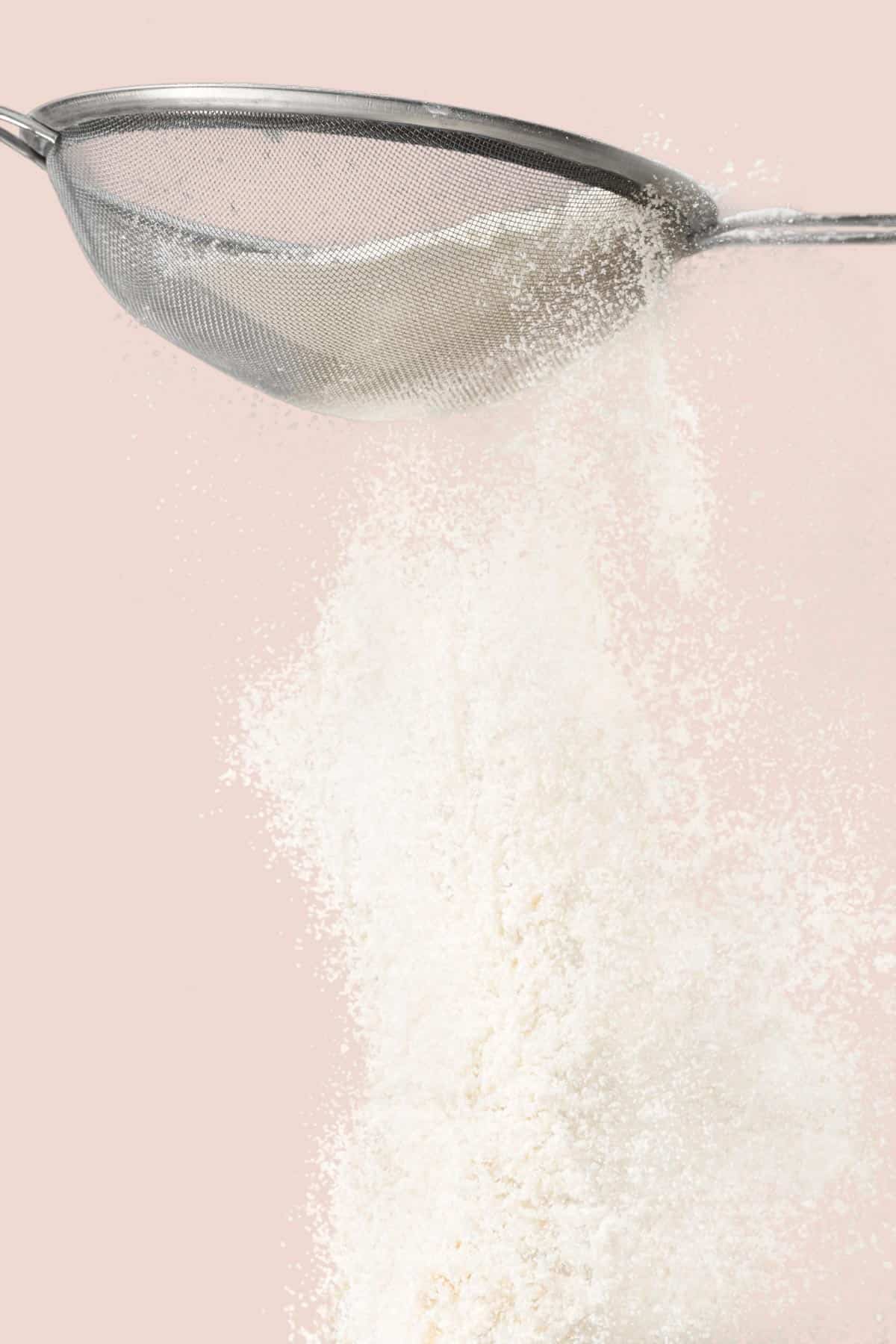
How Much Baking Powder Do You Add To Plain Flour To Make Self Raising Flour?
If you've ever wondered how to make self raising flour from scratch, I can assure you that it really is just SO easy.
Sift 2 teaspoons of baking powder through every 1 cup / 150 g / 6 ounces of plain (all purpose) flour.
It's important to sift the baking powder through the plain flour using a sieve so that it is evenly dispersed and ensures that your baked goods rise evenly.
Uses Of Self Raising Flour
Self raising flour is a very popular flour that is perfect for so many recipes.
Here's when you should and shouldn't use self raising in your cooking.
When To Use
Use self raising flour in your baking when:
- The recipe calls for self raising flour
- When you're wanting your baked goods to be light, airy and fluffy
- When you're making cakes, cupcakes, biscuits, slices and pancakes
When NOT To Use
Do NOT use self raising flour when:
- making sourdough
- making breads, loaves or dough that use yeast (as the yeast is the leavening agent)
- if your recipe already uses bicarbonate soda, baking soda or yeast (self raising flour is generally enough of a rising agent when used on it's own)
- your recipe call for plain (all purpose) flour - self raising flour and plain flour are not interchangeable
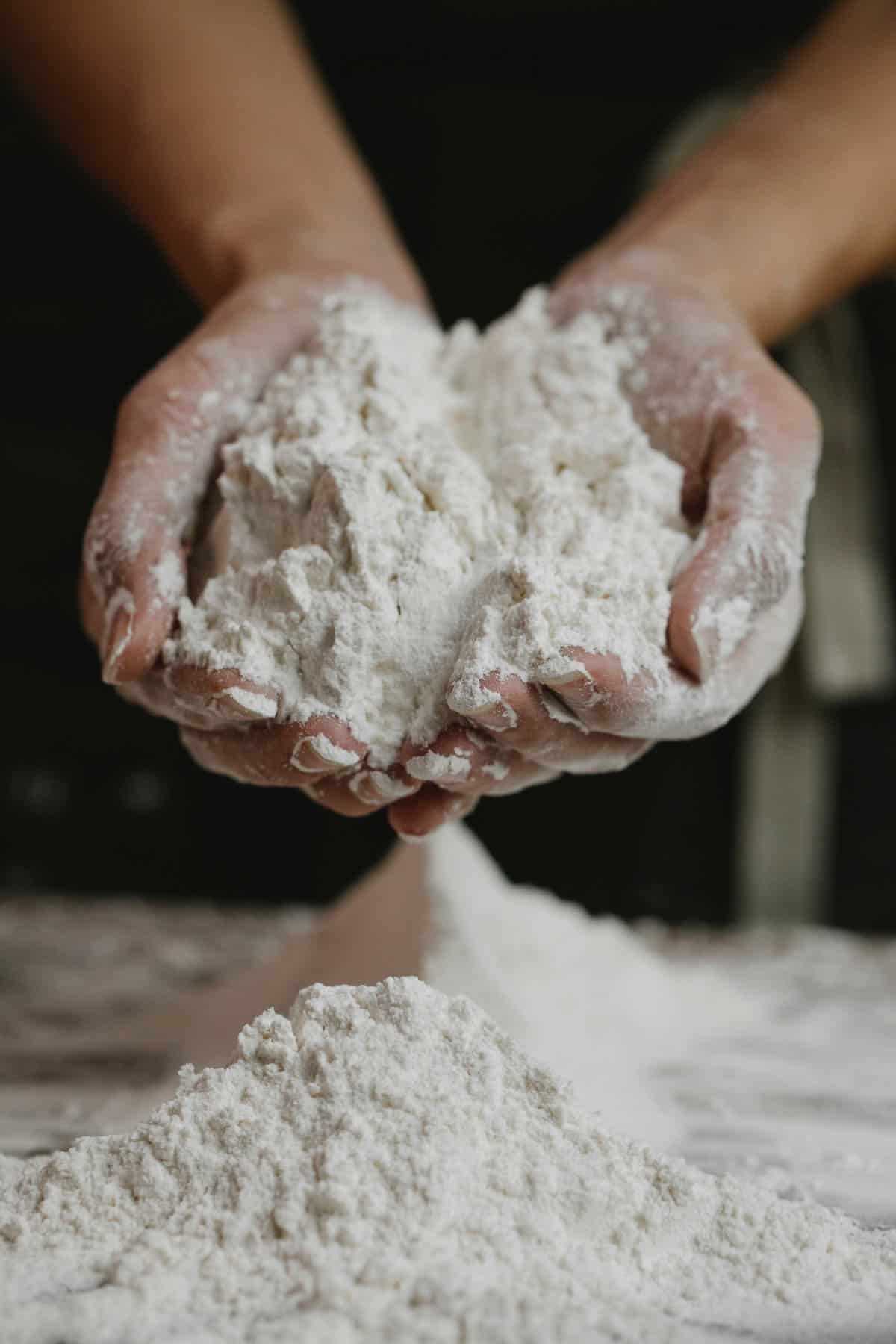
FAQ & Expert Tips
Follow my simple tips and learn how to make homemade self raising flour.
It's important to ensure that you use a level (not heaped) teaspoon when measuring baking powder. To correctly measure a teaspoon of baking powder, shake or stir the container first then take a slightly heaped scoop. Use a knife or flat edge of a container to level off the powder.
Bicarbonate of soda is approximately 3 times more powerful than baking powder so it is best to use baking powder when making self raising flour. However, if you only have bicarbonate of soda, sift just over ½ teaspoon of bicarbonate of soda through every 1 cup of plain flour.
Absolutely - just as long as you keep the ratios of 2 teaspoons of baking powder to every 1 cup / 150g / 6 oz of plain (all purpose) flour.
Sifting the flour and baking powder together ensures that your homemade flour has the leavening agent (the baking soda) evenly distributed. This ensure that your baked goods will rise evenly when cooked.
Store in an airtight container in a cool, dry place and use within one year.
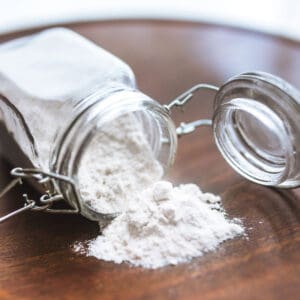
Homemade Self Raising Flour
Ingredients
Small Batch (1 Cup)
- 2 teaspoons baking powder
- 1 cup plain flour all purpose flour
Large Batch (4 Cups)
- 8 teaspoons baking powder
- 4 cups plain flour all purpose flour
Instructions
- Using a sieve, sift the baking powder and plain (all purpose) flour together into a bowl. Note: If you don't have a sieve, you can whisk the baking powder and plain flour together in a bowl.
- Use as a replacement for the self raising flour ingredient in your desired recipe or store until required.


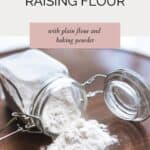
Lungiswa
Thank you so much for the recipes
Mary Jo
It is self-rising self-raising
Lucy
Yes it is!